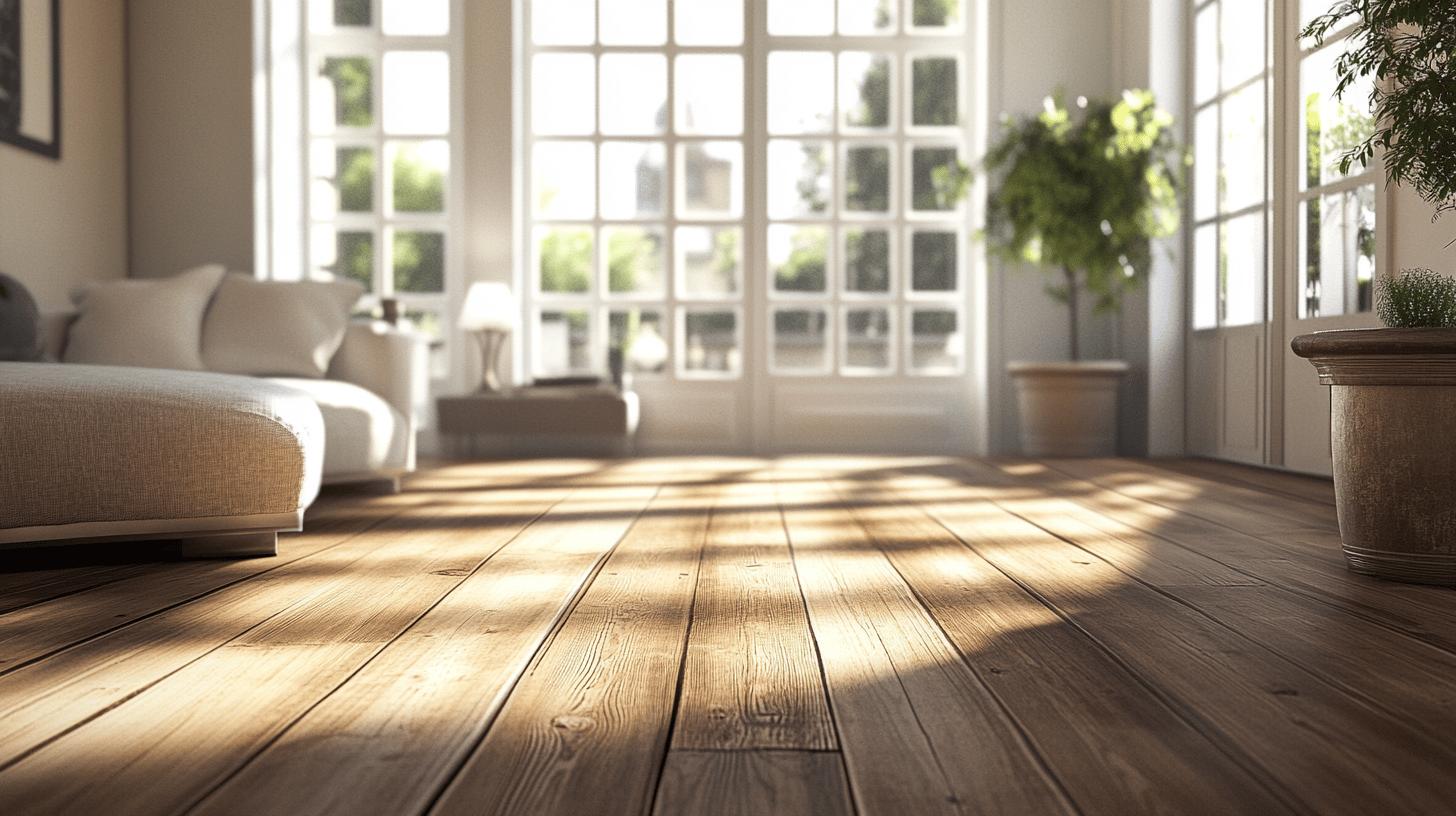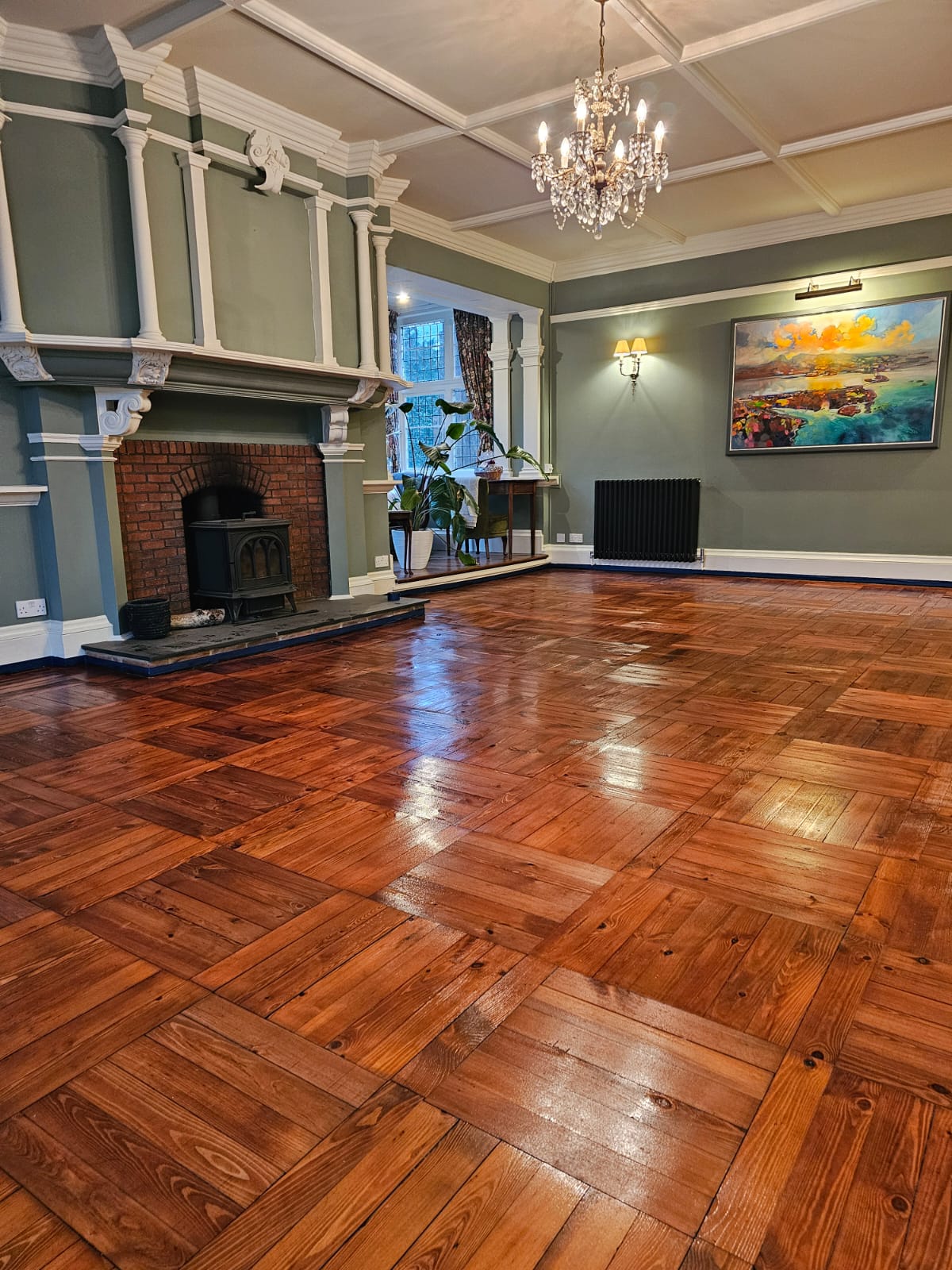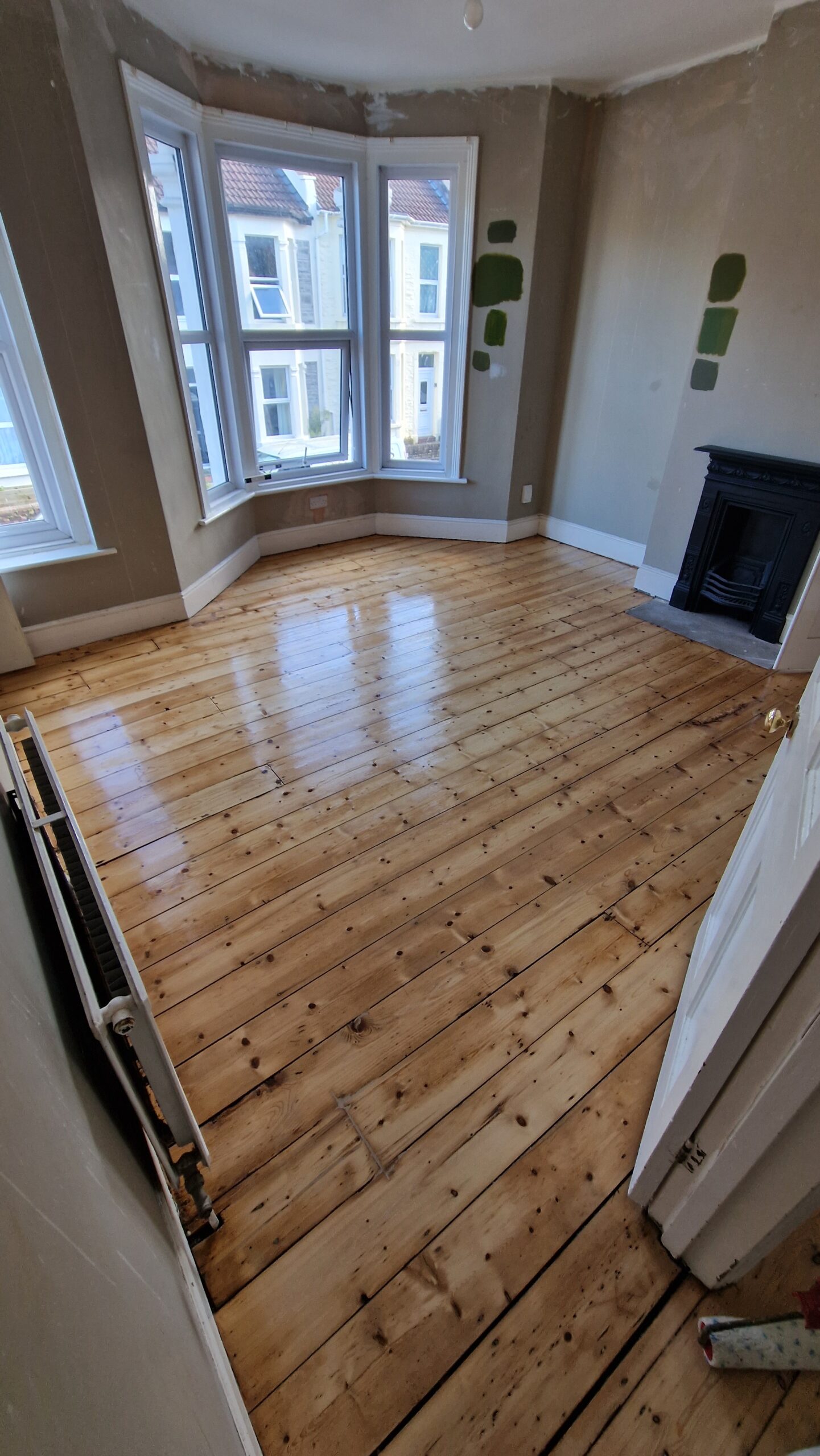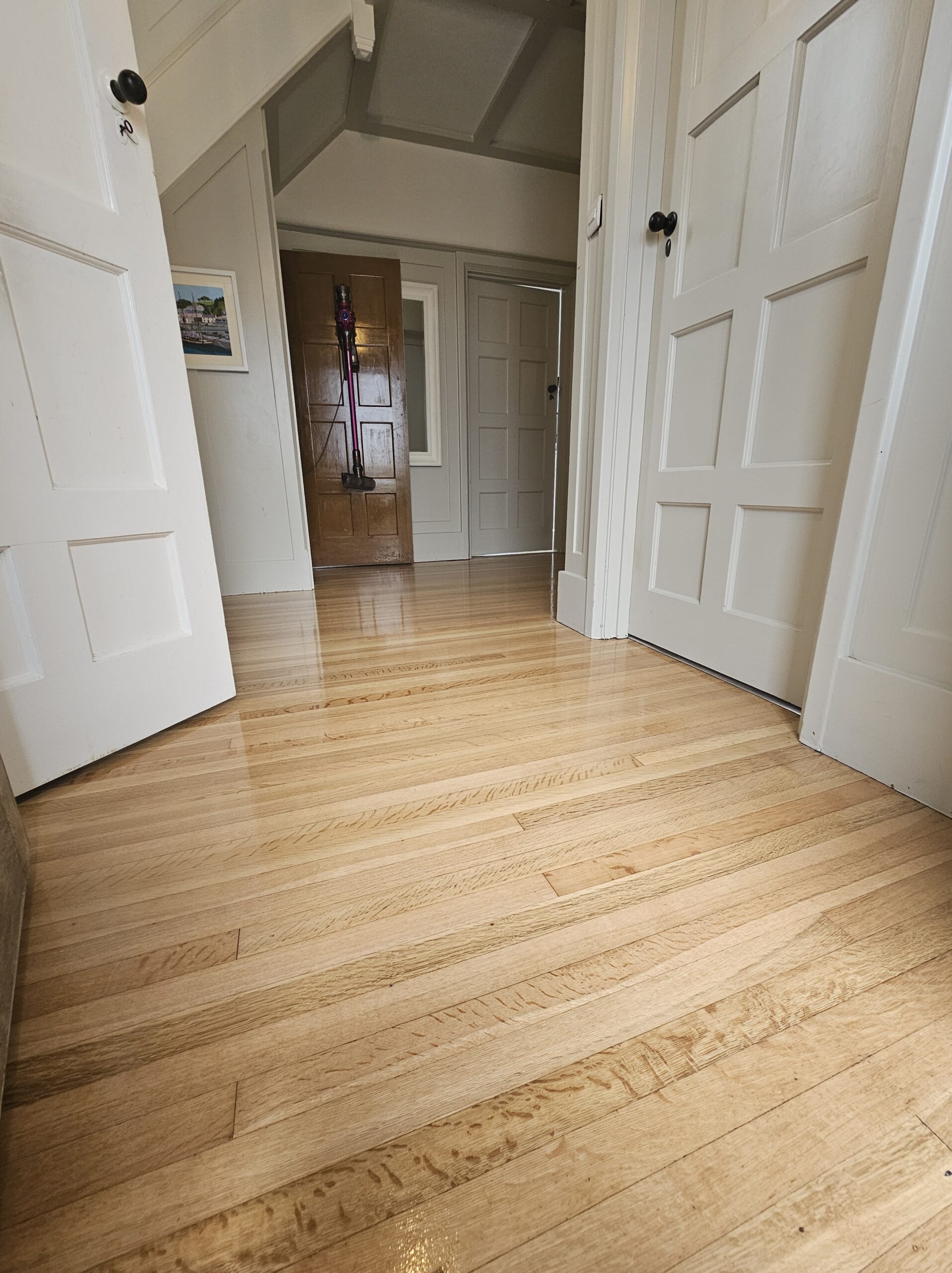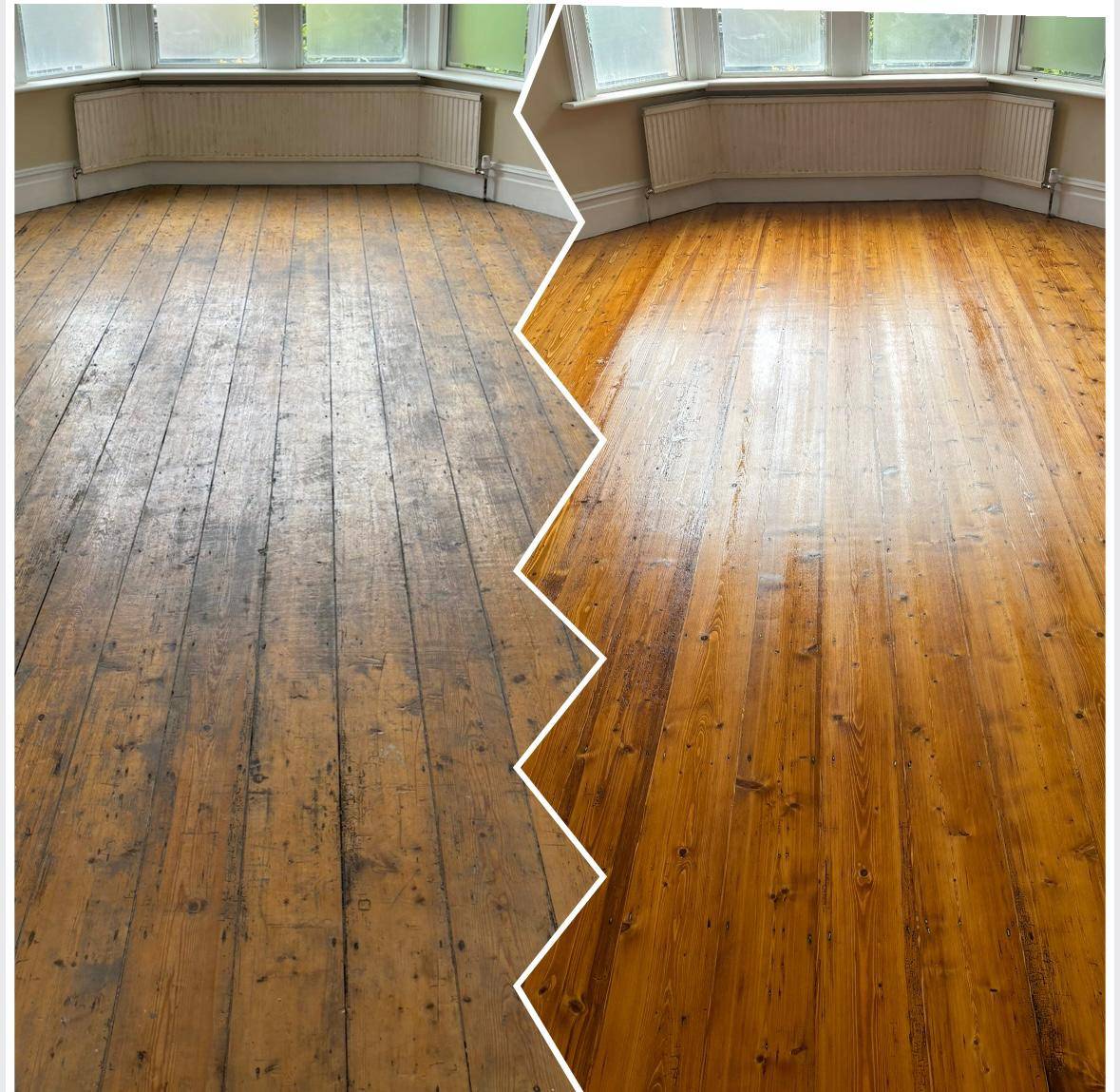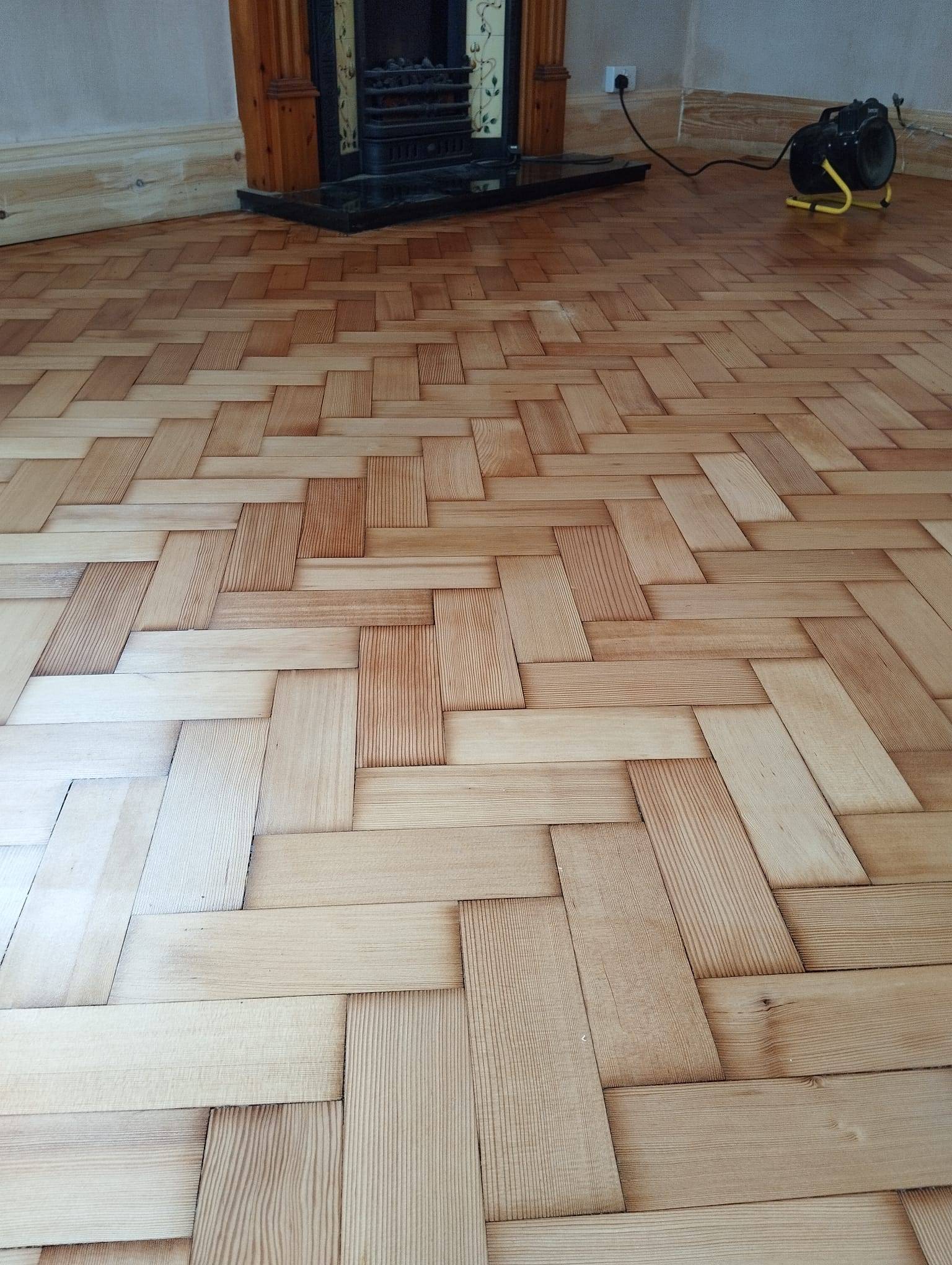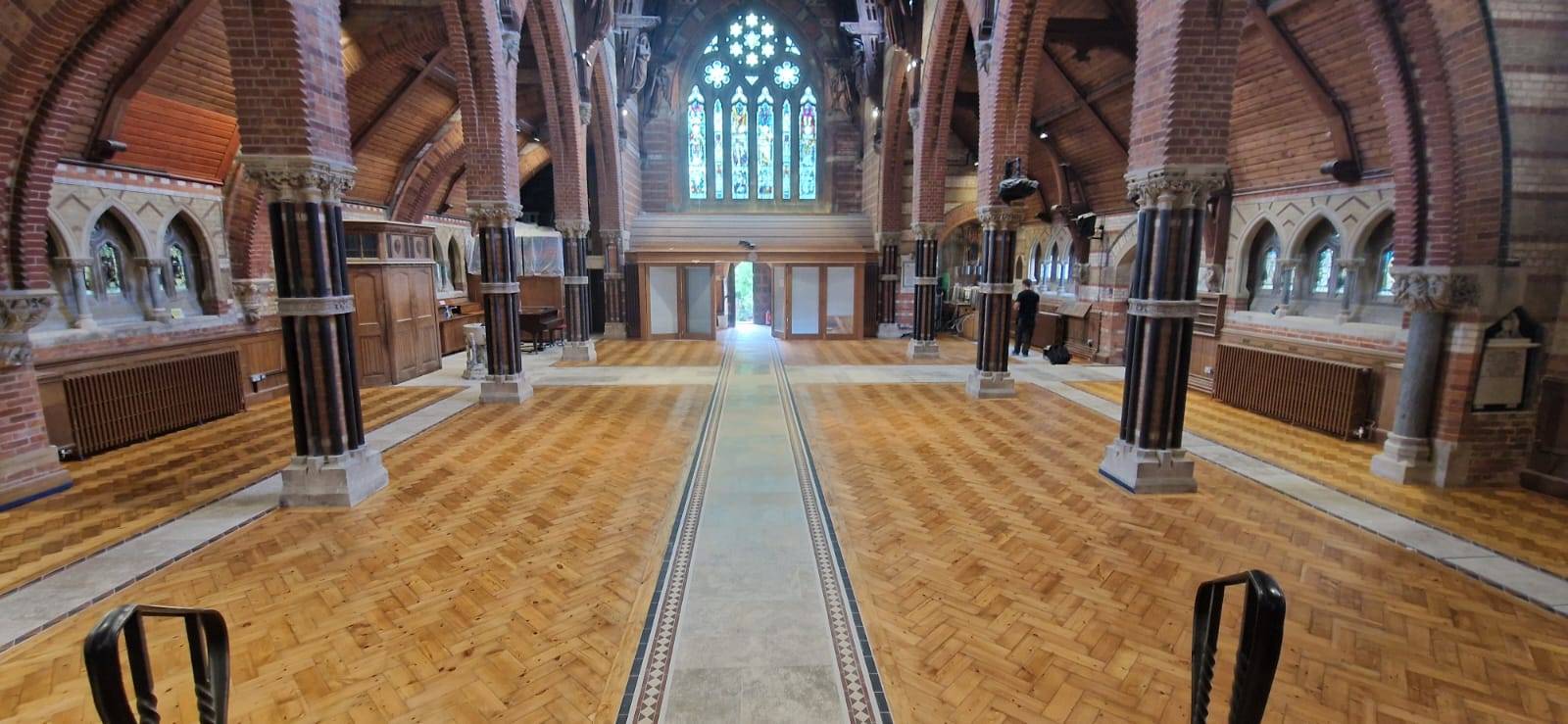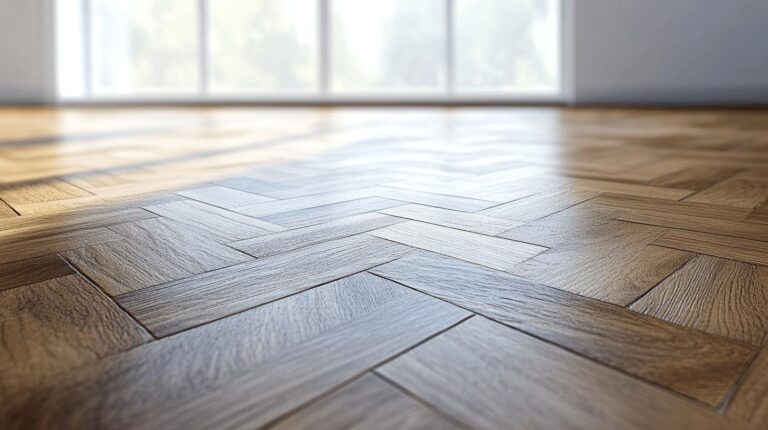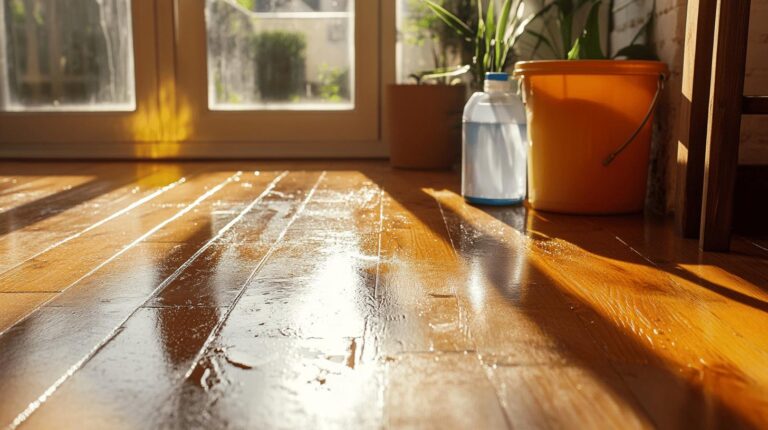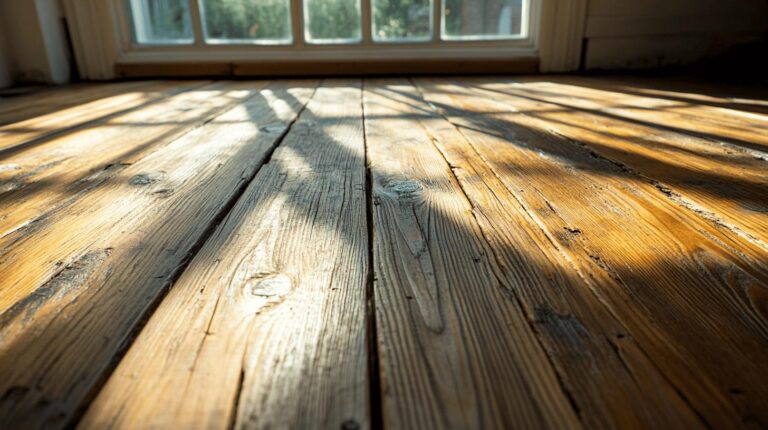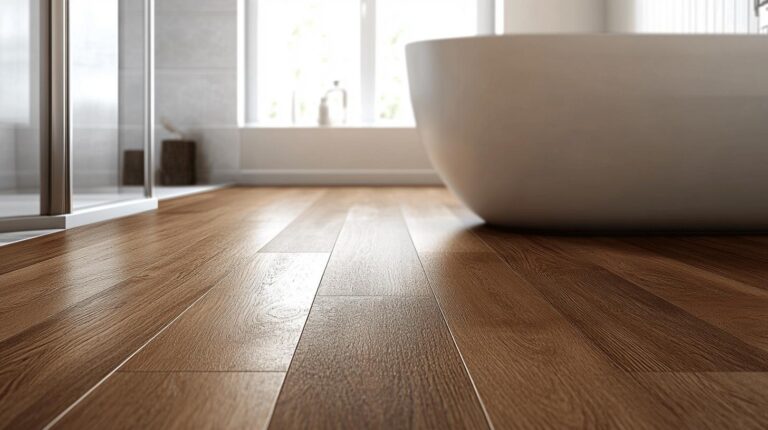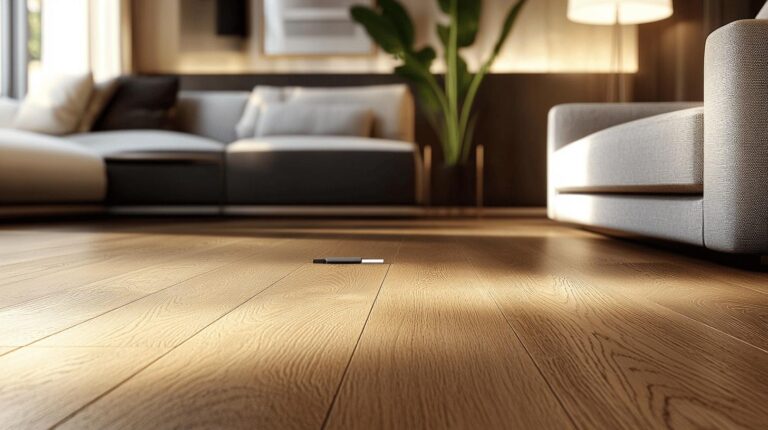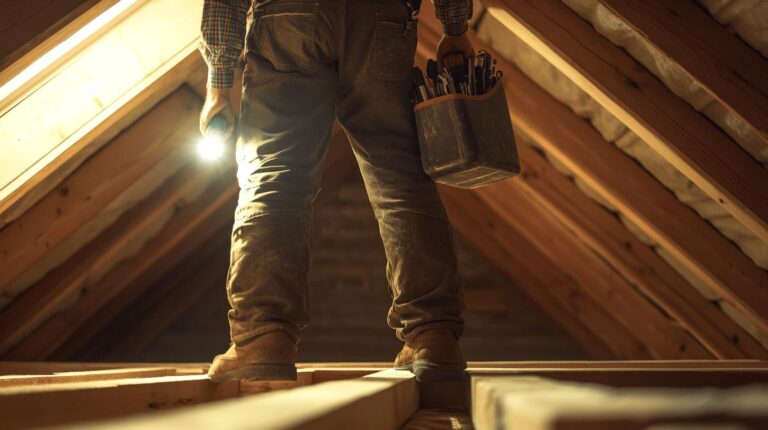Is it possible for flooring to tell a story of sustainability and history? Reclaimed wood does exactly that, born from the bones of once-industrial giants like barns and warehouses, each plank whispering tales of heritage through its distinguished grain and patina. This unique flooring choice not only weaves character and authenticity into modern spaces but also serves as a champion of environmentally sound practices by repurposing wood, thus reducing deforestation. Delve into the multifaceted benefits of reclaimed wood flooring and discover how this sustainable choice is redefining home aesthetics and ecological responsibility.
Understanding Reclaimed Wood Flooring
Reclaimed wood flooring originates from the repurposing of timber that has served its time in structures like barns, warehouses, and churches. This process not only honours the wood’s historical significance but also contributes to sustainable building practices. These timbers, once part of sturdy constructions, have weathered through decades, sometimes even centuries, acquiring unique characteristics that new wood simply cannot match. The age and history embedded within each plank lend a narrative to the spaces they now inhabit, telling stories of past eras and architectural styles. This historical context enriches reclaimed wood, making it a choice not only for sustainability but also for preserving heritage.
Reclaimed wood is primarily sourced from large, historical structures. These include rustic barns, which offer beautifully aged timber; industrial warehouses, which contribute robust beams; and venerable churches, which often reveal intricately detailed woodwork. By salvaging and reusing these materials, reclaimed wood flooring retains the unique features of these original structures, such as weathered grain patterns, knots, and a distinctive patina. This sourcing method not only reduces waste but also provides a second life to materials that might otherwise be discarded.
The aesthetic and historical value of reclaimed wood flooring is unparalleled in modern spaces. Its unique weathered appearance, marked by natural imperfections and a rich patina, adds an authentic rustic charm and warmth that enhances any interior design. Beyond aesthetics, each piece of reclaimed wood brings a sense of history and character, creating a living space that feels both grounded and storied. The transformation of aged timber into flooring allows homeowners to enjoy a piece of history underfoot, making reclaimed wood a timeless and meaningful choice for anyone looking to blend sustainability with style.
Environmental Impact of Reclaimed Wood
Reclaimed wood flooring significantly aids in reducing deforestation and carbon emissions. By repurposing existing timber from old structures, the need for new lumber is diminished, thus conserving forests and reducing the environmental impact associated with logging. This practice not only preserves mature trees but also decreases the carbon footprint of manufacturing processes, as less energy is required to prepare reclaimed wood compared to processing new timber. Consequently, choosing reclaimed wood as a flooring option aligns with sustainable development goals by promoting resource efficiency and minimising waste.
- Utilises existing materials, reducing the need for new timber harvesting.
- Minimises waste by salvaging usable wood from deconstructed structures.
- Supports sustainable forestry practices by decreasing demand for fresh timber.
- Contributes to lower carbon emissions through reduced energy consumption in processing.
In the broader context of eco-friendly building materials, reclaimed wood stands out as an exemplary choice. Its use promotes a circular economy by regenerating materials that would otherwise contribute to landfill waste. Moreover, its integration into modern construction and design projects illustrates a commitment to sustainability, offering a practical solution that supports both environmental and aesthetic goals. As awareness of ecological issues grows, reclaimed wood’s role as an environmentally sound flooring option becomes increasingly relevant and impactful.
Aesthetic and Practical Benefits
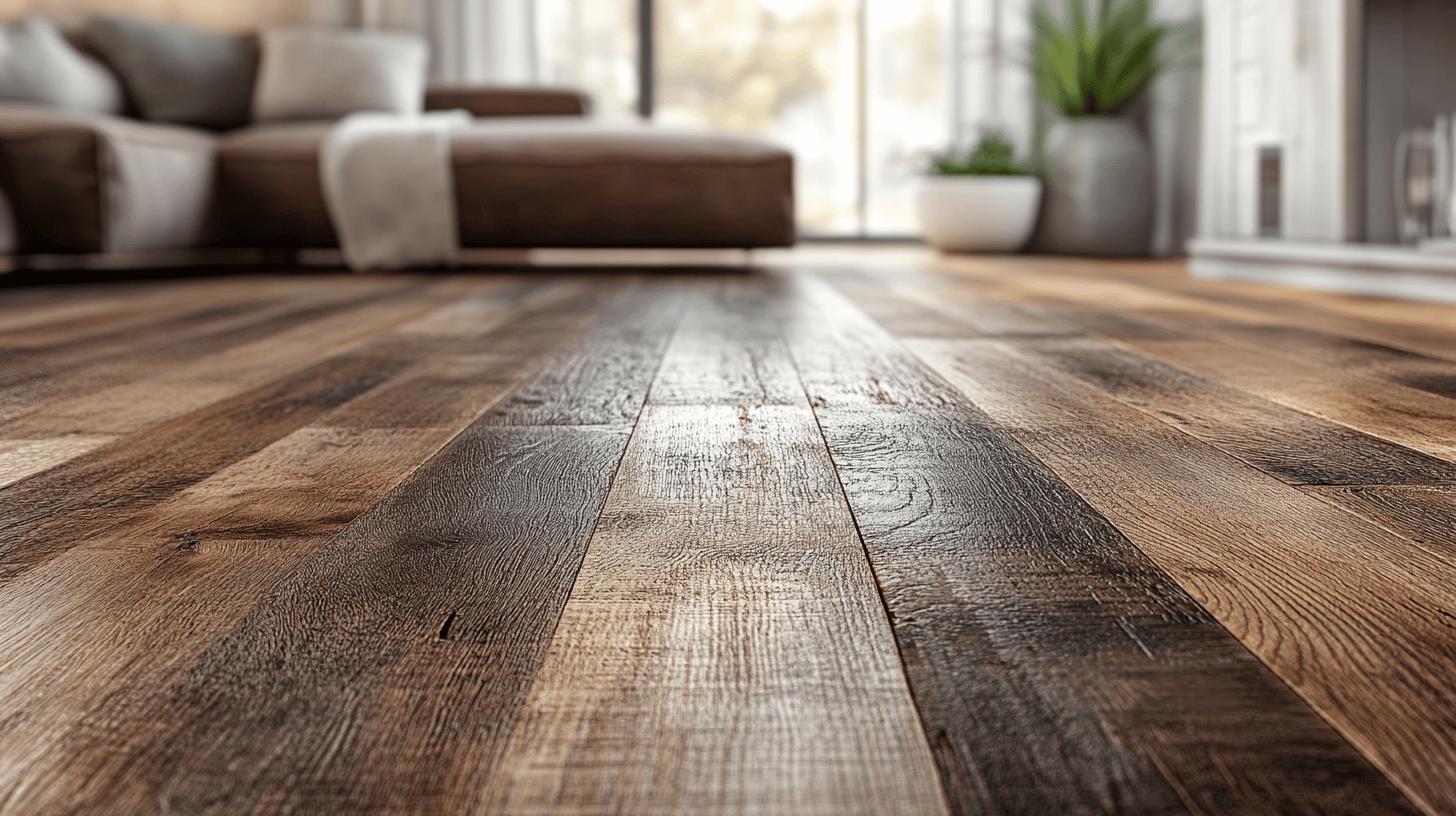
Reclaimed wood flooring is celebrated for its unique aesthetic appeal, offering a character and charm unmatched by new materials. The wood’s distinctive weathered grain patterns and rich patina lend a rustic authenticity that adds warmth and depth to any room. This natural beauty is enhanced by the wood’s history, with each plank carrying marks and imperfections that tell a story. Homeowners often choose reclaimed wood for its ability to bring an element of vintage elegance and a sense of history to modern interiors. Its versatile appearance complements a variety of design styles, from traditional to contemporary, making it a favoured choice for those seeking to infuse their spaces with personality and allure.
In addition to its aesthetic qualities, reclaimed wood is known for its exceptional durability. Originating from old-growth timber, it is inherently more robust and stable than many modern counterparts. This makes it particularly suited for high-traffic areas where flooring must withstand daily wear and tear. The density of reclaimed wood offers greater resistance to damage, ensuring that it remains a long-lasting feature within any home. Its resilience makes it an ideal investment for busy households and commercial spaces alike, where durability is as crucial as appearance.
The unique characteristics of reclaimed wood dramatically enhance home aesthetics by creating a focal point within any room. It’s natural tones and textures add depth and dimension, transforming ordinary spaces into welcoming retreats. The authenticity of reclaimed wood flooring brings a sense of grounding and harmony, making it easier to achieve a cohesive design that feels both timeless and inviting. This flooring option allows homeowners to express individuality while maintaining a connection to the natural world, elevating the overall ambience of their living spaces.
From a practical standpoint, reclaimed wood flooring offers significant long-term benefits. Its inherent durability reduces the need for frequent replacements or repairs, translating into cost savings over time. Furthermore, reclaimed wood requires minimal maintenance to retain its beauty, primarily needing regular cleaning and occasional resealing. This low-maintenance nature makes it a convenient choice for those looking to enjoy the aesthetic benefits of wood flooring without the associated upkeep. Its sustainable origins and enduring quality ensure that reclaimed wood remains an attractive and practical option for environmentally-conscious homeowners.
Cost-Effectiveness and Value
While reclaimed wood flooring may present a higher initial cost compared to other flooring options, its long-term value far surpasses the initial investment. What makes reclaimed wood a cost-effective flooring solution? It is its durability and the reduced need for frequent replacements and repairs. Reclaimed wood, often sourced from old-growth timber, offers robustness and longevity that modern woods struggle to match. This inherent strength means that homeowners can expect their floors to maintain their beauty and functionality over decades, providing a timeless appeal that endures. Consequently, the upfront expense is offset by the decreased maintenance and replacement costs over the floor’s lifetime.
- Longevity reduces the frequency and cost of flooring replacements.
- Minimal maintenance saves time and resources over the years.
- Durable nature withstands high traffic, preserving quality over time.
Moreover, reclaimed wood flooring can significantly enhance a home’s resale value, aligning with sustainability trends that appeal to environmentally conscious buyers. How does reclaimed wood increase property value? Its unique aesthetic and sustainable design make homes more attractive to potential buyers who value eco-friendly features. The historical charm and authenticity of reclaimed wood add character to a property, setting it apart from homes with conventional flooring. By investing in reclaimed wood, homeowners not only benefit from a beautiful and lasting floor but also contribute to a sustainable future, making it a smart choice for those looking to add both financial and ethical value to their homes.
Sourcing and Selecting Reclaimed Wood
Reclaimed wood is a valuable resource that can be sourced from a variety of structures, each offering a unique blend of history and aesthetics. Common sources include old barns, which provide richly grained and weathered timber; factories, known for their sturdy beams that have endured industrial use; and warehouses, which often yield large planks ideal for flooring. These aged materials not only contribute to the rustic charm of reclaimed wood but also embody the sustainability ethos by repurposing timber that might otherwise go to waste. By selecting reclaimed wood from these diverse origins, homeowners can achieve a distinctive look while supporting eco-friendly practices.
Certification and quality checks are crucial when selecting reclaimed wood for flooring. How can consumers ensure they are purchasing genuine reclaimed materials? By looking for certifications that verify the wood’s origin and authenticity. This step is essential in avoiding newly manufactured products that mimic aged wood. Additionally, thorough quality checks are necessary to assess the wood’s condition and suitability for flooring use. This includes inspecting for signs of rot, insect damage, or structural weaknesses that could affect long-term performance. Ensuring high-quality reclaimed wood not only preserves its aesthetic appeal but also guarantees its durability and longevity in various settings.
- Verify the source of the wood to ensure it is genuinely reclaimed.
- Check for certifications that validate the wood’s origin and authenticity.
- Inspect the wood for any damage or structural weaknesses.
- Consider the wood’s species and suitability for your specific design needs.
Working with professionals for installation is advisable to achieve optimal results with reclaimed wood flooring. Experienced installers are adept at handling the unique challenges that reclaimed wood may present, such as uneven surfaces or hidden nails. Their expertise ensures that the wood is laid correctly, enhancing both the floor’s functionality and appearance. Professional installation maximises the benefits of reclaimed wood, allowing homeowners to enjoy a beautiful, durable floor that stands the test of time.
Maintenance and Care Tips
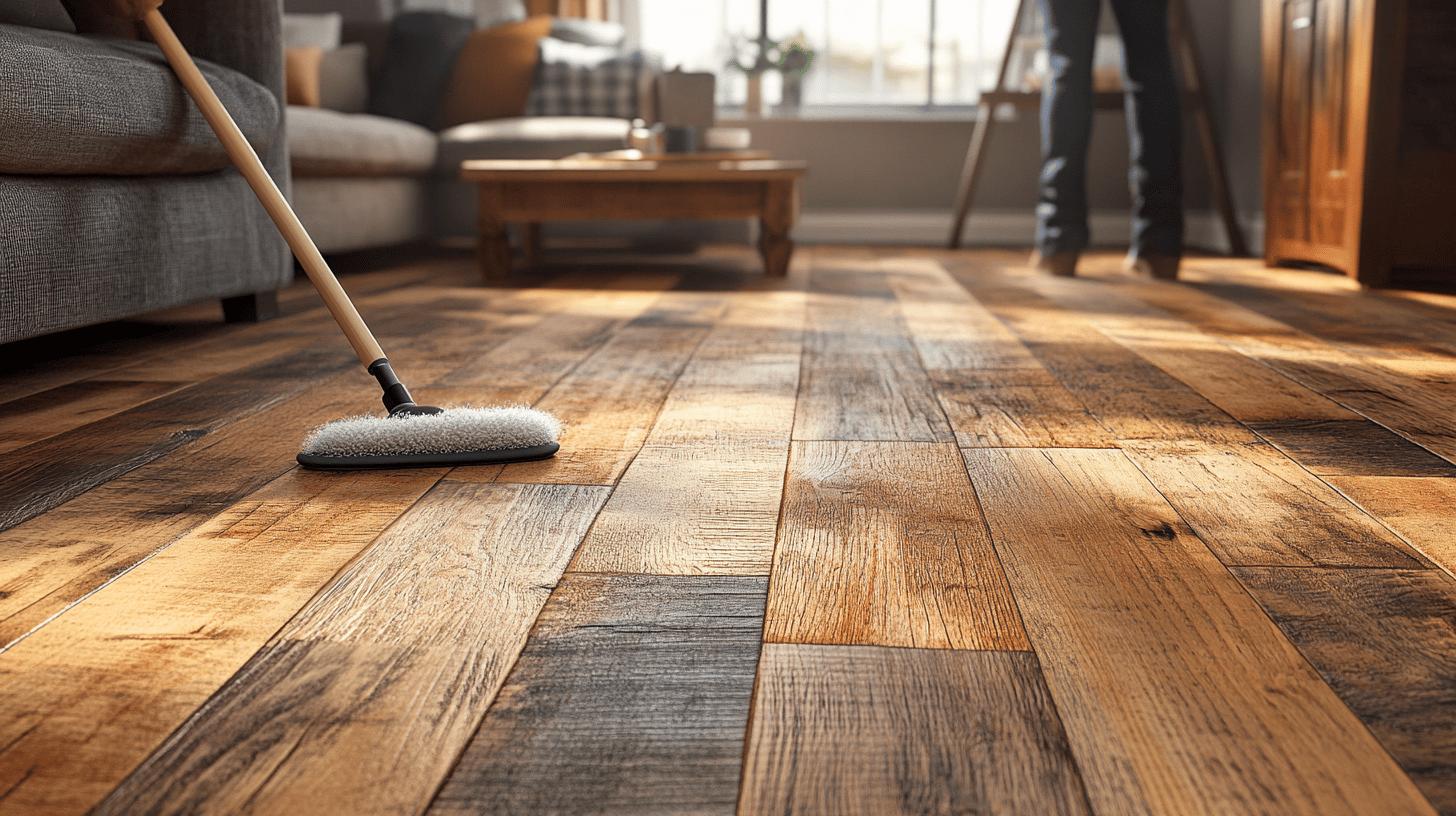
Regular maintenance is crucial for preserving the beauty and longevity of reclaimed wood floors. Why is maintenance important for reclaimed wood? Proper care ensures that the wood’s rich patina and unique grain patterns remain vibrant, preventing wear and damage over time. Essential maintenance tasks include sealing, which protects the wood from moisture and everyday wear. Additionally, regular cleaning helps maintain its natural lustre while controlling moisture levels prevents warping and cracking. By adhering to a consistent maintenance routine, homeowners can enjoy the aesthetic and structural benefits of their reclaimed wood flooring for many years.
- Seal the floors: Apply a suitable sealant to protect against moisture and wear.
- Clean regularly: Use a soft broom or vacuum with a hardwood floor attachment to remove dirt and debris.
- Control humidity: Maintain consistent indoor humidity levels to prevent wood expansion or contraction.
Professional care and regular maintenance routines offer significant advantages for reclaimed wood floors. Why consider professional care? Experts can identify potential issues early, such as hidden damage or improper sealing, and provide solutions that extend the floor’s lifespan. Their specialised knowledge ensures that all aspects of care are addressed, from refinishing to deep cleaning. By investing in professional services, homeowners can maximise the durability and aesthetic appeal of their reclaimed wood, ensuring that it remains a cherished part of their home environment.
Final Words
Exploring the world of reclaimed wood flooring unveils its historical significance and unique charm, along with its positive contribution to sustainability. As a flooring choice, it offers clear environmental benefits by actively reducing deforestation and promoting sustainable practices.
Additionally, its aesthetic appeal adds character to any home, and its durability makes it a practical investment. Though initially costly, its long-term value and contribution to a home’s resale value are undeniable. Thoughtful sourcing and consistent maintenance enhance its lasting appeal. For those seeking sustainable choices, reclaimed wood delivers enduring quality and eco-friendly benefits.
FAQ
What are the advantages of reclaimed wood flooring?
Reclaimed wood flooring offers unique aesthetics through weathered grain patterns and patina, providing rustic charm and authenticity. It is often more durable due to old-growth origins, making it suitable for high-traffic areas.
How is reclaimed wood eco-friendly?
Reclaimed wood is eco-friendly because it reduces deforestation and carbon emissions by repurposing existing materials. This lowers the demand for new lumber and minimises waste, supporting sustainable practices and conserving natural resources.
What are the sustainability benefits of wood?
Reclaimed wood supports sustainability by promoting reduced deforestation, conservation of natural resources, minimal waste production, and decreased carbon emissions. It fits within the broader context of eco-friendly building materials, supporting systemic sustainable practices.
